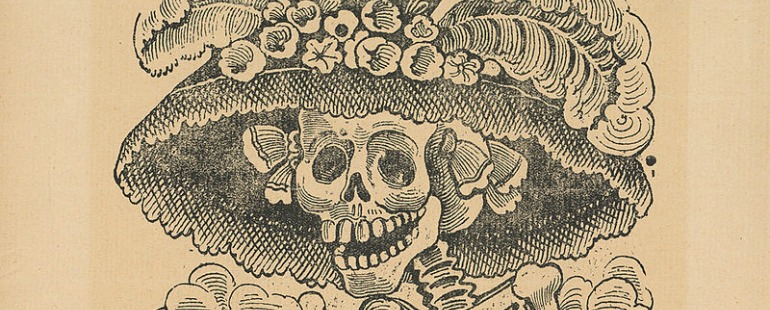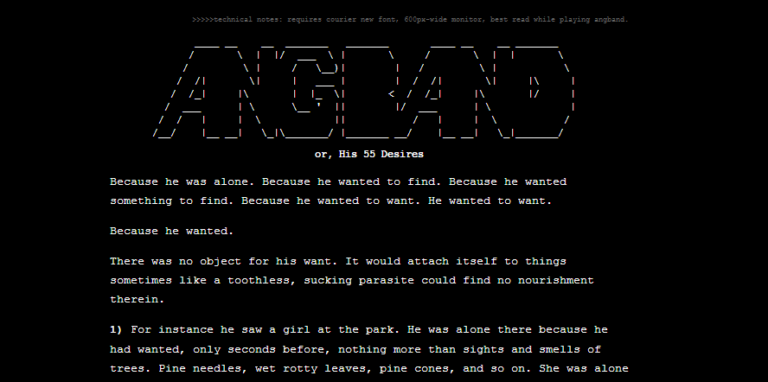Chicanas in Literature

For most of the last year I’ve been reading every book written by, about, or for Chicanas that I could get my hands on. I’ve been doing a Master’s Degree at Oxford and had chosen Chicana Writers as the subject of my thesis. I turned in that thesis at three in the morning last Tuesday, bleary-eyed, tired, grumpy, delighted. My husband says he’s looking forward to me being a nice person again, but I told him not to take any bets.
So, having just spent a year reading and writing about the contested lives and stories of Chicana writers, I’m going to summarize my research for you, in about one thousand words. First, let’s you and me get in my time machine. . . . Suddenly we are in a world in which the Mexican-American border is being nationally debated, the Mexican-American people are being treated as second-class citizens, are punished for speaking Spanish, for teaching Mexican-American history and culture, and they are being encouraged by their government to “self-deport,” though most have been living in the same towns and cities for generations. Oh, those crazy olden days! Seriously, I’m talking about the year 1848, at the end of the Mexican-American war, when the US annexed one-third of Mexico.
Now, let’s you and me take my time machine about hundred years forward. Mexican-Americans are still struggling for equality and human rights, so many of them organize protests, boycotts, and other kinds of community action. The term, “Chicano,” which had previously been used as a derogatory word, gets reappropriated by these activists as a term of cultural pride and political unity. It is out of this social moment that Chicano Literature emerges. However, Chicano Literature, as well as the Chicano movement, is dominated by male voices and male stories which marginalizes both the labor and the rights of women.
It is out of this long and complex history that Chicana Feminism and Chicana Literature is created. Chicana writers were writing not just against ethnic and economic oppression, as their male counterparts were, but also against gendered oppression within their own communities. This boom of Chicana Feminist writing dates from the mid-1980s to the 1990s, and was driven by a desire to shed light on the two-fold injustice Chicanas faced. The most notable Chicana Feminist writers that emerged out of this movement are Gloria Anzaldúa, Cherríe Moraga, and Sandra Cisneros—the last of whom is scheduled to receive the National Medal of Arts from President Obama in just a few days.
Let’s you and me get back into my time machine to travel to the present day. Mexican-Americans are being villainized, the Spanish language is being eliminated from public spaces, and the teaching of Mexican-American history and culture is considered to be a transgressive act. Just a few years ago Tucson Unified School District (which I was enrolled in for twelve years) effectively banned nearly one-hundred books by and about Mexican-Americans and forbade the teaching of Mexican-American history and culture.
As you might expect, this marginalization and oppression has prompted a renewal of Mexican-American activism and political engagement, though not always under the Chicano/a banner. Many new and old organizations have taken up the fight for equality and visibility and many non-fiction writers, politicians, visual artists, and performers have used their words and their art to demand political and social reforms. But, what about the fiction writers?
Though there are a handful of Mexican-American male writers whose themes include equal rights and social justice, there are very few whose worldview also encompasses feminism—one notable exception is Luís Alberto Urrea. There are many Mexican-American men whose writing not only replicates the marginalization of Latinas, but seems to re-inscribe it. Over this past year I have read so many story collections by American Latino writers whose characterizations of Latinas rely almost exclusively on breast size, hip width, nail length, and lipstick color. Latina characters are almost always first introduced by some measure of fecundity, like roundness of butt or number of children, then they are oriented to the kitchen—either in it or on their way back to it. Latina’s are rarely portrayed as having expertise outside of the domestic realm, or as having stories outside of romantic entanglements.
So, where are the Mexican-American Feminist writers? We still have Sandra Cisneros, Cherríe Moraga, and Anna Castillo, and I was delighted when I discovered the new collection, Night at the Fiestas by Kristen Valdez Quade, which has a variety of wonderfully flawed non-sex-object Latinas. There is also a great YA author, Pam Muñoz Ryan, whose book Esparanza Rising won several awards. But where are the other books? Where are the other feminist Mexican-American fiction writers?
I know this seems like incredibly specific criteria, but if you take into account that, according to the US Census, the Hispanic population in the US is close to eighteen percent, and over half of those are specifically of Mexican descent, then the fact that the number of female Mexican-American fiction authors is still in the low tens becomes astounding. All else being equal Mexican-American women should be the authors of approximately one out of every twenty books published by a US author—but that is far from the case. Maybe the books aren’t being written at all, or maybe they just aren’t being selected for publication. Certainly, the problem is complex.
In the end, however, the simple truth is that if Mexican-American women fiction writers are rarely published, then stories with complex Mexican-American women will rarely be told.

